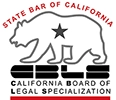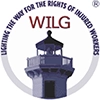T-bone car accidents, also known as side-impact or broadside collisions, often occur at intersections. Determining liability in these incidents is not always easy; it requires a careful review of the circumstances, road rules, and available evidence. These crashes can result in serious injuries and property damage, and we can explain how fault is assessed to determine damages.
What Causes Most T-Bone Collisions?
T-bone accidents typically happen when one driver fails to yield the right of way. Common scenarios include running a red light, disregarding a stop sign, or turning left across oncoming traffic. Distracted driving, DUI, and speeding also contribute to these side-impact crashes. While intersections are the most frequent locations, T-bone collisions also happen in parking lots or private driveways if one driver enters another’s path unexpectedly.
How Is Fault Determined in a T-Bone Accident?
This involves reviewing multiple forms of evidence. Law enforcement reports, traffic camera footage, dashcam recordings, and eyewitness statements can help identify which driver had the right of way. Physical evidence like vehicle damage, skid marks, and final vehicle positions may also offer insight into the direction and speed of travel at the time of the collision.
Traffic laws play a key role as well. If one driver failed to stop at a traffic signal or sign, made an illegal turn, or drove while distracted, this can strongly indicate responsibility for the incident. Insurance companies and legal representatives also rely on official reports, statements from drivers and witnesses, and visual documentation to reach conclusions.
Can Both Drivers Be Found Partially at Fault?
In some situations, both drivers may be assigned a percentage of fault. This is common in states that follow comparative negligence laws. For example, if one driver ran a stop sign but the other was speeding at the time of the collision, both parties may share responsibility. The percentage assigned to each party can affect the ability to recover damages.
How Does Right of Way Affect Fault in T-Bone Crashes?
Right of way is a key concept in assessing liability. Failing to yield at an intersection, disregarding a signal, or turning left without allowing oncoming traffic to pass can shift fault toward the driver who did not have the right of way.
The driver who had the legal authority to proceed through the intersection is typically not held responsible, unless that driver was engaging in unlawful behavior, like speeding or using a phone while driving. Determining which driver had the legal priority to proceed is central to evaluating the incident.
What Role Do Insurance Companies Play in Determining Fault?
Insurance companies conduct their own investigations following T-bone collisions. Their adjusters review police reports, speak with drivers and witnesses, examine vehicle damage, and evaluate any visual or physical evidence. The insurer may determine liability based on its own analysis, which can influence whether your claim is accepted, delayed, or denied.
It is important to note that insurance companies may have financial incentives that affect their conclusions. That can lead to disputes between parties about who is liable for your T-bone accident. In these situations, our Victorville car accident lawyers can clarify the facts and pursue a resolution based on state law and available evidence.
Lerner, Moore, Silva, Cunningham & Rubel: Trusted Victorville Car Accident Lawyers with Experience in T-Bone Crashes
The Lerner, Moore, Silva, Cunningham & Rubel (LMSCR) legal team is prepared to review your case. For a free consultation, call 909-889-1131 or contact us online. Located in Ontario and Victorville, California, we serve clients in San Bernardino County, Ontario, Victorville, Hesperia, Apple Valley, Fontana, Rancho Cucamonga, Colton, and Riverside County. Our Victorville car accident lawyers look forward to connecting.


Disclaimer | Privacy Policy | SMS Terms & Conditions
Making a false or fraudulent workers’ compensation claim is a felony subject to up to five years in prison or a fine of up to $50,000 or double the value of the fraud, whichever is greater, or by both imprisonment and fine. The information contained on this website does not guarantee, warranty, or predict the outcome of your case.








